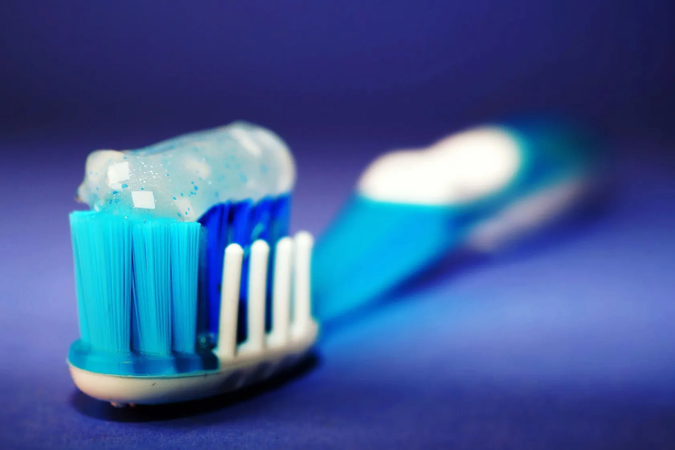Oral Health Awareness Month: Uncovering the surprising link between food and your smile
As we observe Oral Health Month it serves as a timely reminder that dental care is about more than just brushing and flossing. While these two habits are essential, they aren't enough to fully protect your teeth and gums.
Experts say that paying attention to what we eat and how we clean our teeth is just as important as brushing twice daily.
Independent Media Lifestyle reached out to oral health experts to explore how certain foods contribute to tooth decay, bad breath, and tooth discolouration, and to help us understand how these problems develop and why.
The importance of interdental cleaning
Brushing and flossing have long been the gold standard for oral hygiene, but many of us overlook another crucial step: interdental cleaning.
According to Natasha Swart, Education Manager for Curaden and a qualified oral hygienist on behalf of Curapox, most people don’t realise that brushing alone only removes about two-thirds of the plaque on our teeth.
The spaces between our teeth, where a toothbrush can’t reach, are often where periodontal disease (gum disease) first takes hold.
Given that severe periodontal disease affects an estimated 19% of the global adult population, representing over 1 billion cases worldwide, it’s clear that more attention needs to be paid to comprehensive oral care.
Swart highlighted the importance of interdental cleaning, explaining that this practice can drastically reduce the incidence of cavities between teeth and lower the risk of developing gum disease.
The statistics are staggering. Globally, around 2 billion people suffer from tooth decay in their permanent teeth, while approximately 514 million children suffer from decay in their primary teeth.
Gum disease and poor oral hygiene have also been linked to more serious health conditions, including heart disease, diabetes, and respiratory problems.
